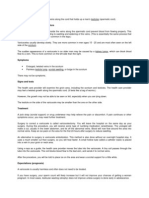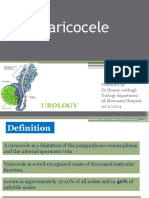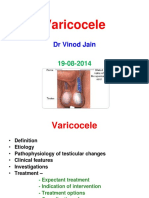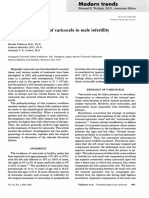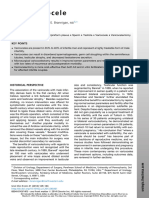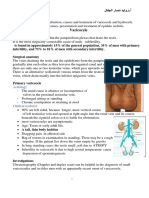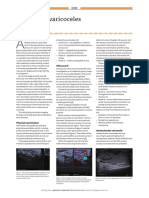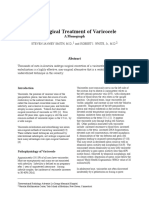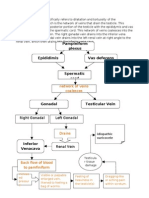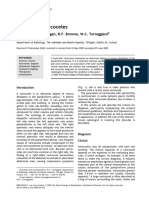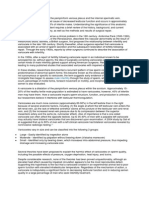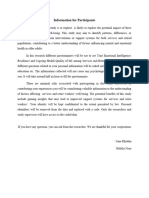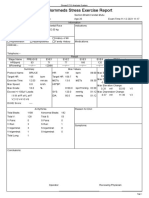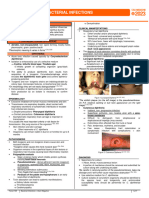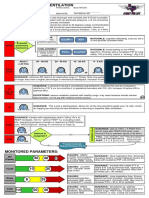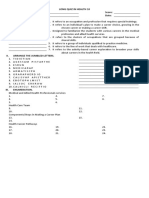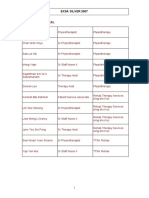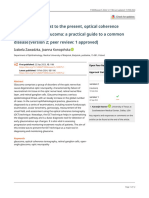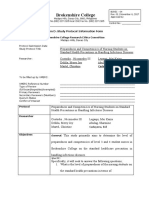0% found this document useful (0 votes)
101 views18 pagesIntro
This case study examines a left varicocele in a male patient. A varicocele is an enlargement of the veins within the scrotum that transport blood from the testicles. Varicoceles are commonly found on the left side and are graded based on their visibility and symptoms. This patient's varicocele will be evaluated through history, physical assessment, diagnostic tests, and treatment with drug therapy and nursing care.
Uploaded by
Pensayo, Stephanie Keith V.Copyright
© © All Rights Reserved
We take content rights seriously. If you suspect this is your content, claim it here.
Available Formats
Download as DOCX, PDF, TXT or read online on Scribd
0% found this document useful (0 votes)
101 views18 pagesIntro
This case study examines a left varicocele in a male patient. A varicocele is an enlargement of the veins within the scrotum that transport blood from the testicles. Varicoceles are commonly found on the left side and are graded based on their visibility and symptoms. This patient's varicocele will be evaluated through history, physical assessment, diagnostic tests, and treatment with drug therapy and nursing care.
Uploaded by
Pensayo, Stephanie Keith V.Copyright
© © All Rights Reserved
We take content rights seriously. If you suspect this is your content, claim it here.
Available Formats
Download as DOCX, PDF, TXT or read online on Scribd
/ 18
